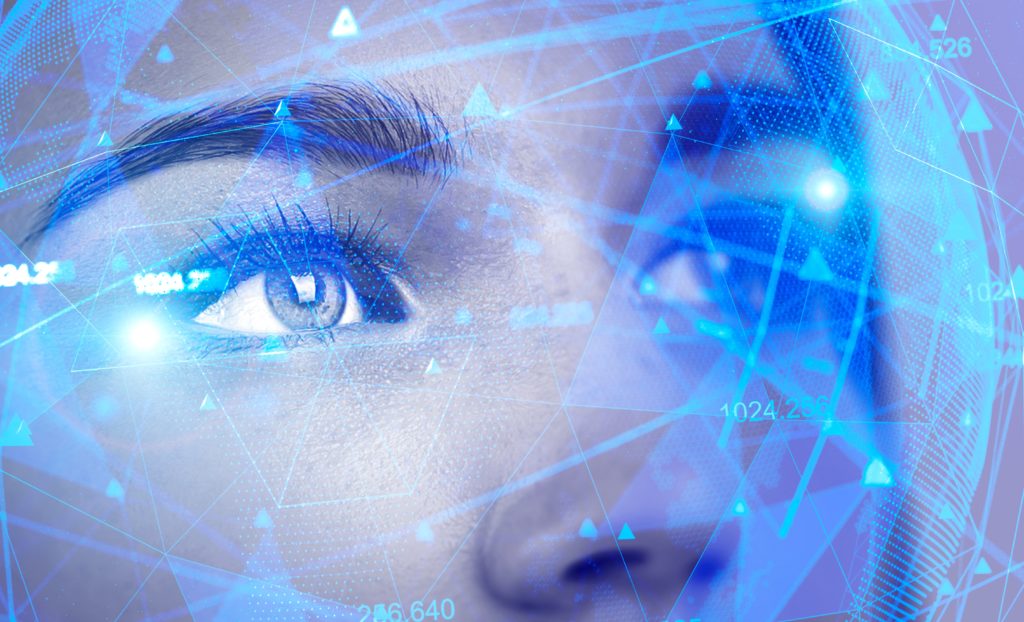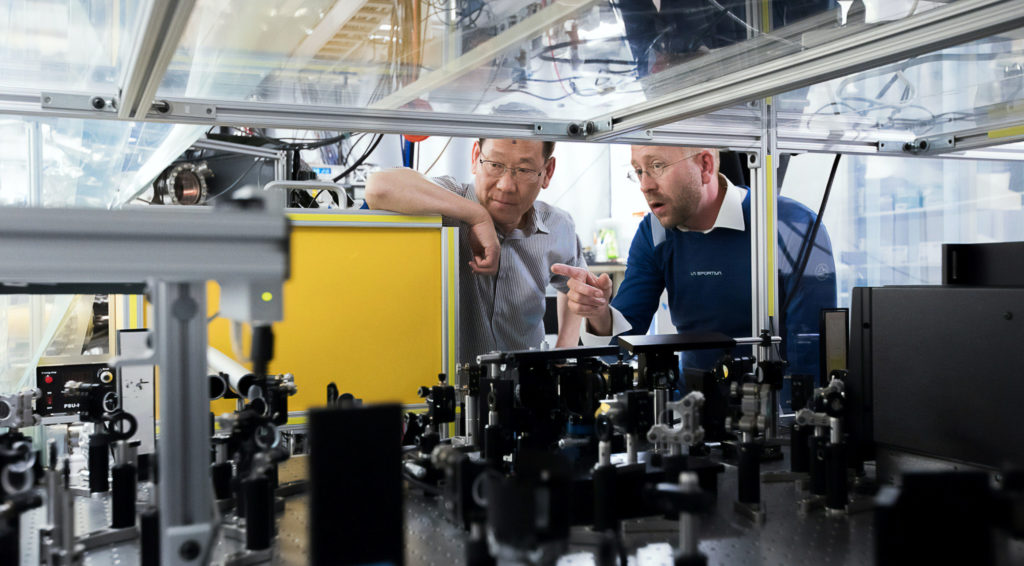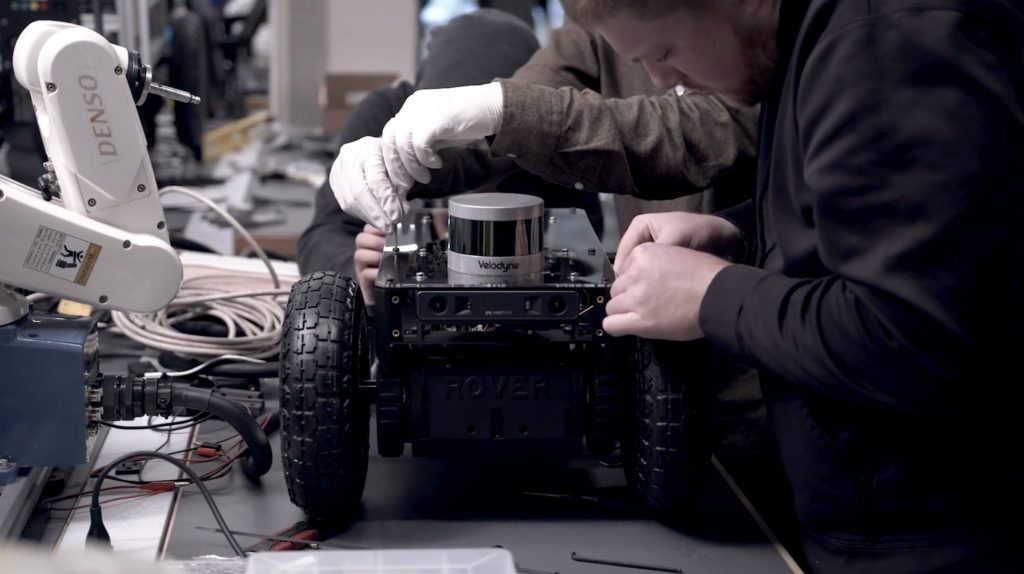Article
AI Applications: What Will AI Be Used For?

Many consumers are still unaware of the current scope of artificial intelligence and what it’s being used for.
Rather than being a far-fetched concept, AI already has many applications in our daily lives, with lots of companies working on taking its applications even further, a prime example being the proliferation of generative AI. In this article, we’ll cover five ways that AI is being used today so that you can have a better idea of what AI looks like in the real world.
5 Ways AI Is Being Used Right Now
1. Advanced Facial Recognition
Companies like Kairos, one of the leaders in facial recognition software today, and NTech are working on sophisticated facial recognition AI that can not only track and identify faces, but spot them in crowds, read emotions, predict a person’s age, and more.
Kairos’s services use neural networks to analyze and intelligently recognize people’s faces. This software provides companies with a new source of security. For example, in banking and finance, an individual’s password could be their face, which would be much harder to crack than a password. The company has a strong emphasis on ethics, ensuring that the data their software gathers is never used maliciously.
Similarly, NTech uses deep learning and artificial intelligence to provide businesses with various facial recognition services. These services include facial verification, face identification, face detection, age/gender detection, and emotional interpretation. NTech was presented with the FRPC award during the IARPA competition and has an upcoming project that will be able to recognize a person’s silhouette and path while moving through a crowd.
2. Contactless Computing
Despite the complexity of computers, it’s considerably easier to work on a laptop than it is to, say, drive a car. The reason for this is that we have created several peripheral tools to make interacting with computers easier. Keyboards, mice, headphones, GUIs, touchscreens— all of these things make the process of communicating with your computer much easier than in the days of command-line interfaces.
AI, however, could take the way we interact with computers to an entirely different level. We’re already starting to see things like facial recognition (Apple’s FaceID), voice recognition (“Ok Google”), and gesture recognition (Samsung’s Air Gesture) become mainstream.
When you combine these three things and add artificial intelligence, you can start to imagine a computer that no longer needs a mouse, keyboard, or even a screen. Instead of being a device you physically interface with, a computer could simply be an entity in your home or on your person that you communicate with the same as you would another person.
3. Automated Computing
Which brings us to the idea of automated computing. Automated computing refers to the idea that AI can supplement what we normally use computers for. A great example of this is OpenAI’s text generator. In the case of this text generator, the AI became so adept at generating text (a.k.a. “writing”) that it wasn’t obvious that a human hadn’t written it. The project ended up being removed from the public for fear it would be abused.
This project illustrates how AI could begin doing our computer work for us. One day soon, it may be possible to have an AI write an article like this one. A person would give the program an idea, perspective, or goal for the post, and a few seconds later an error-free, neatly typed article would be produced.
You can extend this idea to that report you need written for work or a slideshow that needs to be put together for a meeting. Rather than having to do it yourself, you could simply give the AI the topics and guidelines and then shortly be provided with the finished product. The same could apply to video editing, graphic design, accounting, and so on.
4. Data Analytics
Another powerful aspect of AI and machine learning is data analytics. If you’re a computer scientist working in these fields, you might consider this one of the most potent uses for AI currently available.
The idea of using AI to analyze data comes from the huge amounts of data we’ve started to collect over the last twenty years. Thanks to the internet and advanced computing systems, companies can gather more data than anyone could go through in multiple lifetimes. These huge sets of data are known as data lakes, and while they hold immense value, tapping into that value is immensely difficult.
Which is where AI comes into play. AI and machine learning software can be used to sift through this data and output the results in a readable way, offer suggestions based on the data, and help make sense of the larger picture. As we continue to gather data at greater and greater levels, the role of AI in analytics is sure to grow.
5. Smarter Robotics
Robotics is 90% perception and 10% controlling/enabling the robot to move. Giving robots the ability to intelligently interpret their environment is extremely difficult, and it has been largely impossible in the past due to technological limitations. For example, the Boston Dynamics robot Atlas can run, jump, and backflip through obstacle courses. However, these obstacle courses are perfectly created for Atlas. If anything is even a few inches off, the Atlas can’t complete the course.
This is rapidly changing, though. Modern sensors are capable of providing robots with a vast amount of data, allowing them to recognize objects and people in their direct environment. By coupling AI with robotics, we might see a version of Atlas that could navigate an obstacle course without prior preparation. An early version of this concept in action is the Dense Object Nets project by researchers at MIT, where a robot arm can analyze and grab objects that it has never seen before using neural networking.









